Using liquid dishwasher detergent properly is essential for achieving spotless, clean dishes while ensuring the longevity of your dishwasher. This guide on how to use liquid dishwasher detergent provides step-by-step instructions to help you get the most out of your detergent, avoid common issues, and maintain your appliance’s efficiency.
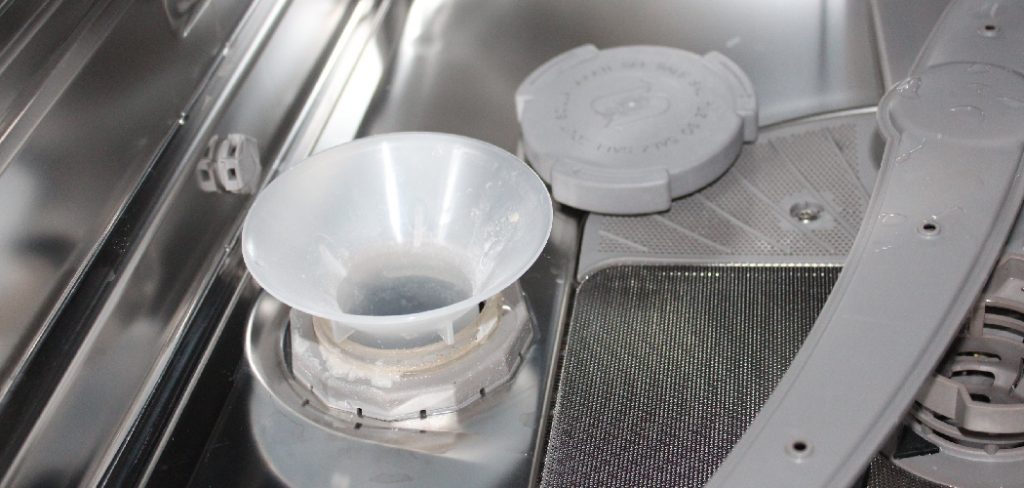
With the right approach, you can enjoy consistently excellent results every time you run your dishwasher.
Understanding Liquid Dishwasher Detergent
Liquid dishwasher detergent is a specially formulated cleaning solution designed to break down food residues, grease, and stains on dishes, glassware, and utensils during the wash cycle. Unlike powder or tablet detergents, liquid detergents dissolve quickly and can evenly distribute throughout the dishwasher.
They often contain ingredients such as surfactants, enzymes, and rinse aids to maximize cleaning efficiency and prevent spots or streaks on your dishes. Choosing the right liquid detergent for your dishwasher and using it in the correct amount is vital to achieving optimal results and protecting your appliance from potential buildup or damage.
9 Step-by-step Guidelines on How to Use Liquid Dishwasher Detergent
Step 1: Prepare Your Dishwasher
Before adding liquid dishwasher detergent, ensure your dishwasher is ready for operation. Start by scraping off large food particles from your dishes to prevent clogs and improve cleaning efficiency. Next, check the dishwasher filter for any debris and clean it if necessary. Arrange your dishes, utensils, and glassware in their designated areas, ensuring they do not block the spray arms.
Proper loading is crucial for allowing water and detergent to circulate freely during the wash cycle. Finally, confirm that the spray arms can rotate unobstructed and that the dishwasher door seals are clean and intact.
Step 2: Fill the Detergent Dispenser
Check your dishwasher’s manual for the recommended amount of liquid detergent to use. Typically, it can be as little as a teaspoon or up to several tablespoons, depending on the size and model of your dishwasher.
Measure out the appropriate amount of detergent and pour it into the dispenser located in the dishwasher’s door or at the bottom of its interior.
Avoid overfilling as it can lead to excess sudsing and potentially damage your dishwasher.
Step 3: Add Rinse Aid (Optional)
For an extra layer of shine and spot-free dishes, consider adding a rinse aid to your dishwasher. Rinse aids help water sheet off dishes more effectively, preventing water spots and enhancing drying performance. Locate the rinse aid compartment, which is usually near the detergent dispenser, and fill it with the recommended amount of rinse aid.
Refer to your dishwasher’s manual to ensure proper usage and avoid overfilling. While this step is optional, it can significantly improve the results, especially if you have hard water in your area.
Step 4: Start Your Dishwasher
Close the dishwasher door securely and select the appropriate wash cycle based on the type of load and level of soiling. Some dishwashers may have a pre-wash option that rinses dishes before starting the main wash cycle.
Press start, and let your dishwasher do its job.
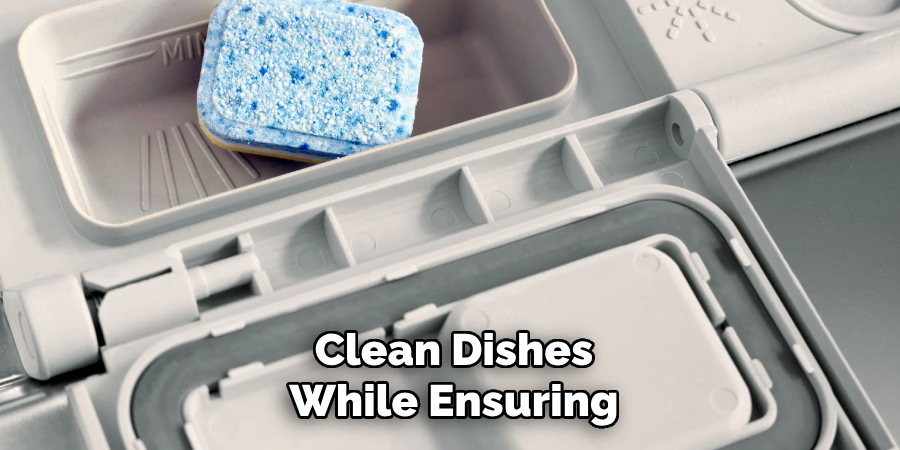
Step 5: Use the Right Water Temperature
To optimize your detergent’s cleaning power, use hot water between 120-150 degrees Fahrenheit. If your dishwasher has a heating element, it will maintain the temperature during the wash cycle. Otherwise, make sure your water heater is set to this range before running the dishwasher.
Avoid using cold water as it can prevent the detergent from dissolving properly and lead to a less effective clean.
Step 6: Wait for the Wash Cycle to Finish
During the wash cycle, your dishwasher will heat up, agitate the water with powerful jets, and introduce detergent at the right time. This process helps break down food residues and grease on your dishes while preventing redepositing. Once the wash cycle is complete, most dishwashers will drain any excess water before moving on to the rinse cycle.
It is essential to let the wash cycle finish entirely before opening the dishwasher door. Otherwise, you risk burning your hands on hot dishes or interrupting the cleaning process.
Step 7: Allow Dishes to Cool Down Before Unloading
After completing its job, give your dishwasher a few minutes to cool down before unloading dishes. This step prevents accidental spills or breaks due to hot dishes and also allows them to dry more thoroughly.
You can also use the dishwasher’s heated dry option if available to speed up the drying process.
Step 8: Inspect Dishes for Spots or Streaks
After unloading your dishes, inspect them for any spots or streaks. If you notice any, try adjusting the amount of detergent used in the next load or consider adding a rinse aid.
Also, check the spray arms and clean any clogs or buildup that may affect their performance.
Step 9: Maintain Your Dishwasher
Regular maintenance of your dishwasher is essential to ensure its long-term efficiency and reliability. Start by cleaning the dishwasher filter periodically to remove trapped food particles and debris, which could otherwise cause clogs or unpleasant odors.
Wipe down the interior walls, door seals, and spray arms with a damp cloth to prevent buildup of grease and detergent residue. Additionally, run an empty cycle with a dishwasher cleaner or a cup of white vinegar once a month to descale and sanitize the appliance.
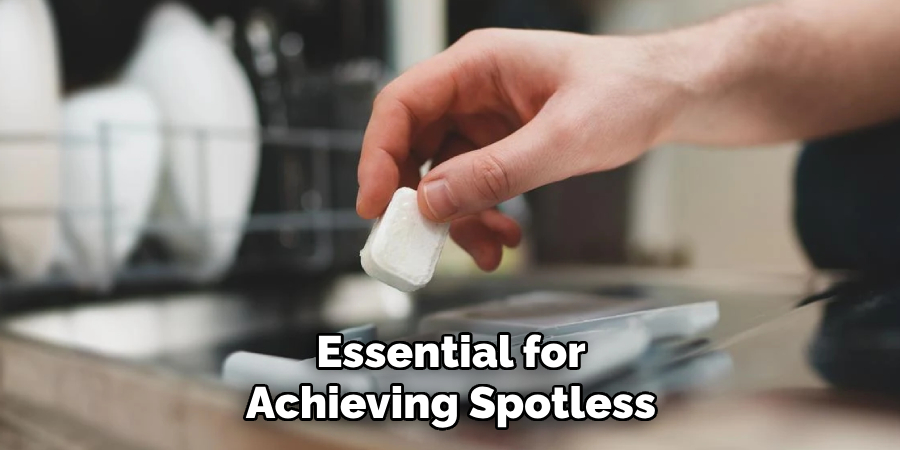
Check for any signs of wear and tear, such as damaged gaskets or spray arm holes, and replace them if necessary. By incorporating these maintenance practices, you can extend the life of your dishwasher and enjoy consistently spotless dishes.
Following these step-by-step guidelines on how to use liquid dishwasher detergent can help you achieve optimal results with your liquid dishwasher detergent. By properly preparing your dishwasher, using the right amount of detergent and rinse aid, and maintaining your appliance regularly, you can enjoy sparkling clean dishes every time.
Common Mistakes to Avoid
While using liquid dishwasher detergent might seem straightforward, certain mistakes can impact your dishwasher’s performance and the cleanliness of your dishes. Here are some common errors to watch out for:
Using Too Much Detergent
Overloading the detergent dispenser can lead to excess suds, which may spill over and potentially damage your dishwasher. Always measure the correct amount of liquid detergent as recommended by your dishwasher’s manual.
Not Checking and Cleaning the Dishwasher Filter
The dishwasher filter helps trap food particles and debris, preventing clogs and odors. Neglecting to clean it regularly can affect your dishwasher’s performance and result in less effective cleaning.
Using Cold Water
Hot water is necessary to activate the detergent’s cleaning power. If you use cold water, the detergent may not dissolve properly, resulting in a less effective clean.
Interrupting the Wash Cycle
It can be tempting to open the dishwasher door or stop the cycle if you need a dish urgently. However, interrupting the wash cycle can disrupt its effectiveness, leading to spots or streaks on your dishes. It can also be dangerous to open the dishwasher door while it’s still hot
Not Maintaining Your Dishwasher Regularly
Regular maintenance is crucial to keep your dishwasher running smoothly and efficiently. Neglecting to clean the filter, spray arms, or interior walls can result in buildup of food particles and detergent residue, affecting cleaning performance and causing unpleasant odor.
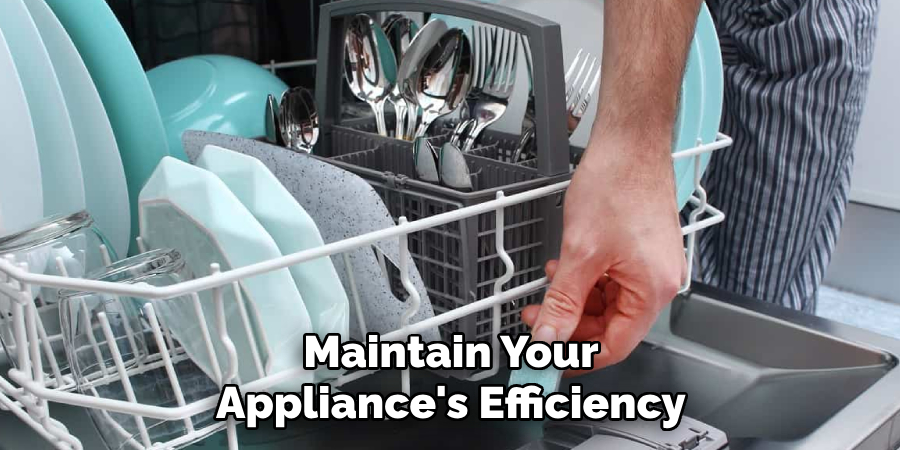
Frequently Asked Questions
Q1: Can I Use Liquid Dishwasher Detergent in a Dishwasher That Recommends Powder?
A: Yes, you can use liquid dishwasher detergent in a dishwasher that recommends powder. However, it is essential to follow the manufacturer’s instructions and adjust the amount of detergent used accordingly. Using too much detergent could lead to oversudsing and potentially damage your dishwasher.
Q2: Can I Use Dish Soap Instead of Liquid Dishwasher Detergent?
A: No, you should never use dish soap in a dishwasher. Dish soap creates too many suds and can cause the dishwasher to overflow or malfunction. Additionally, it does not contain the necessary enzymes and chemicals designed for effective dishwashing, resulting in poor cleaning results.
Q3: Should I Add Salt to My Dishwasher When Using Liquid Detergent?
A: No, adding salt is unnecessary when using liquid dishwasher detergent. Salt is generally only used in dishwashers with built-in water softeners and powder detergents. Refer to your dishwasher’s manual for specific instructions on salt usage.
Q4: Why Are My Dishes Still Dirty After Using Liquid Dishwasher Detergent?
A: There could be several reasons why your dishes are still dirty after using liquid dishwasher detergent.
First, make sure you are using the appropriate amount of detergent for your load size and level of soiling. Additionally, check if your dishwasher’s spray arms are clogged or damaged, preventing proper water circulation. Hard water can also affect cleaning performance, so consider using a rinse aid to prevent spots and streaks. If the issue persists, consult a professional for further assistance.
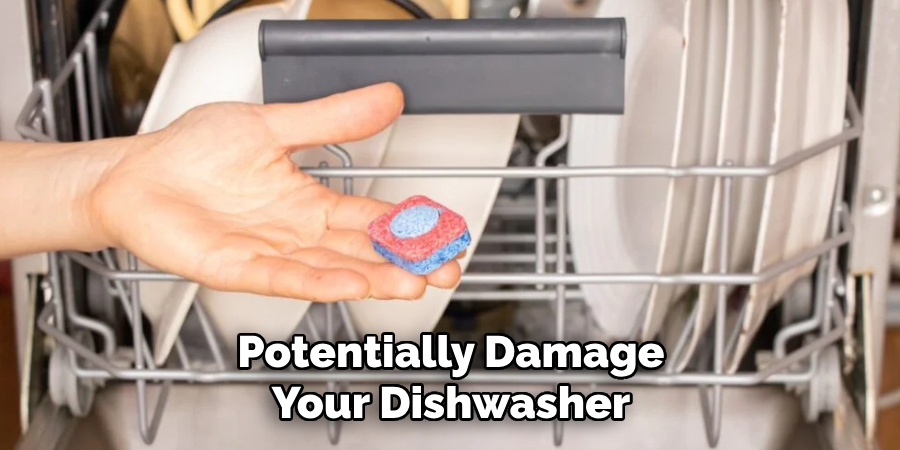
Conclusion
Using liquid dishwasher detergent effectively requires attention to detail and simple maintenance practices. By following the steps on how to use liquid dishwasher detergent outlined above, such as measuring the correct amount of detergent, maintaining your dishwasher regularly, and avoiding common mistakes, you can achieve consistently sparkling and spotless results.
Proper care not only ensures cleaner dishes but also extends the lifespan of your dishwasher, saving you time and money in the long run. With these tips in mind, you can confidently make the most of your dishwasher and enjoy the convenience it brings to your daily routine.
Professional Focus
Angela Ervin, a former interior designer turned blogger, specializes in kitchen design and renovations. Through her website, she blends her passion for cooking with design expertise, sharing practical and creative ideas. Known for balancing functionality and beauty, Angela’s insightful content has made her a trusted voice in home design and lifestyle.
About the Author
Angela Ervin, an experienced interior designer and blogger, combines her passion for kitchen renovations with storytelling. Living in Petersburg with her family, she enjoys cooking and testing her projects firsthand. Known for her humor and relatable style, Angela shares creative, functional design insights through her content, making her a trusted voice in home design.
Education History
University: Virginia Commonwealth University
Degree: Bachelor of Fine Arts (BFA) in Interior Design
- Angela’s education at VCU focused on mastering core interior design principles, including spatial planning, color theory, materials selection, and sustainable design practices.
- She gained hands-on experience through studio projects and collaborative design exercises, which honed her ability to create functional and aesthetically pleasing environments.
- Her coursework also emphasized problem-solving and practical applications of design, preparing her for real-world projects like her self-directed kitchen renovations.
- The program’s strong foundation in both technical skills and creative expression shaped Angela’s ability to seamlessly integrate form and function in her work.
